Major improvements have recently been put forward by the Civic Trust for the Bootham / Gillygate and Exhibiton Square traffic junction and surrounding public realm.
It followed an annoucement that urgent works needed to take place at the junction of Gillygate and Bootham. But the works would do nothing for the poor air-quality and deficiences in the public realm. The scheme is an emergency measure, and does nothing for safety, pedestrian and cyclist access in the junction, or for pollution in surrounding streets or the wealth of heritage buildings in the area; this is the most polluted junction in the city centre, blighting the lives of local residents and visitors alike.
York Civic Trust is therefore now working with local residents, traders and City of York Council, in striving for a bolder longer-term ambition for this area of the City Centre.

We’ve looked into potential improvements that could be made to the junction and to the layout of Gillygate, Bootham and Exhibition Square.
This work builds on changes included in CYC’s consultation on the junction, such as reducing the volume of traffic entering the junction by limiting the entry from St Leonard’s Place to a single lane. We propose a number of additional changes which could hugely improve the aesthetic, environmental and commercial vitality of this key part of the City Centre.
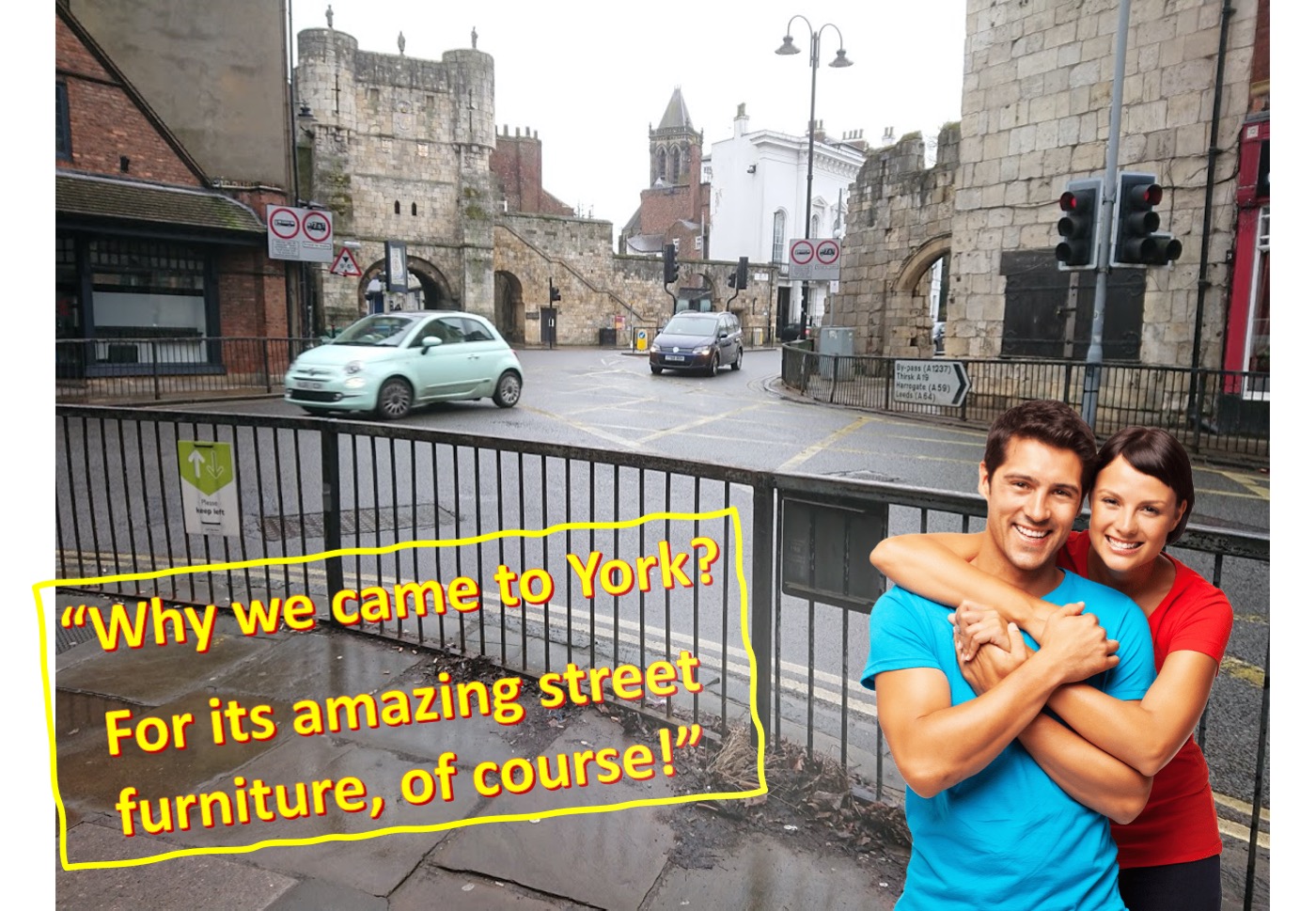
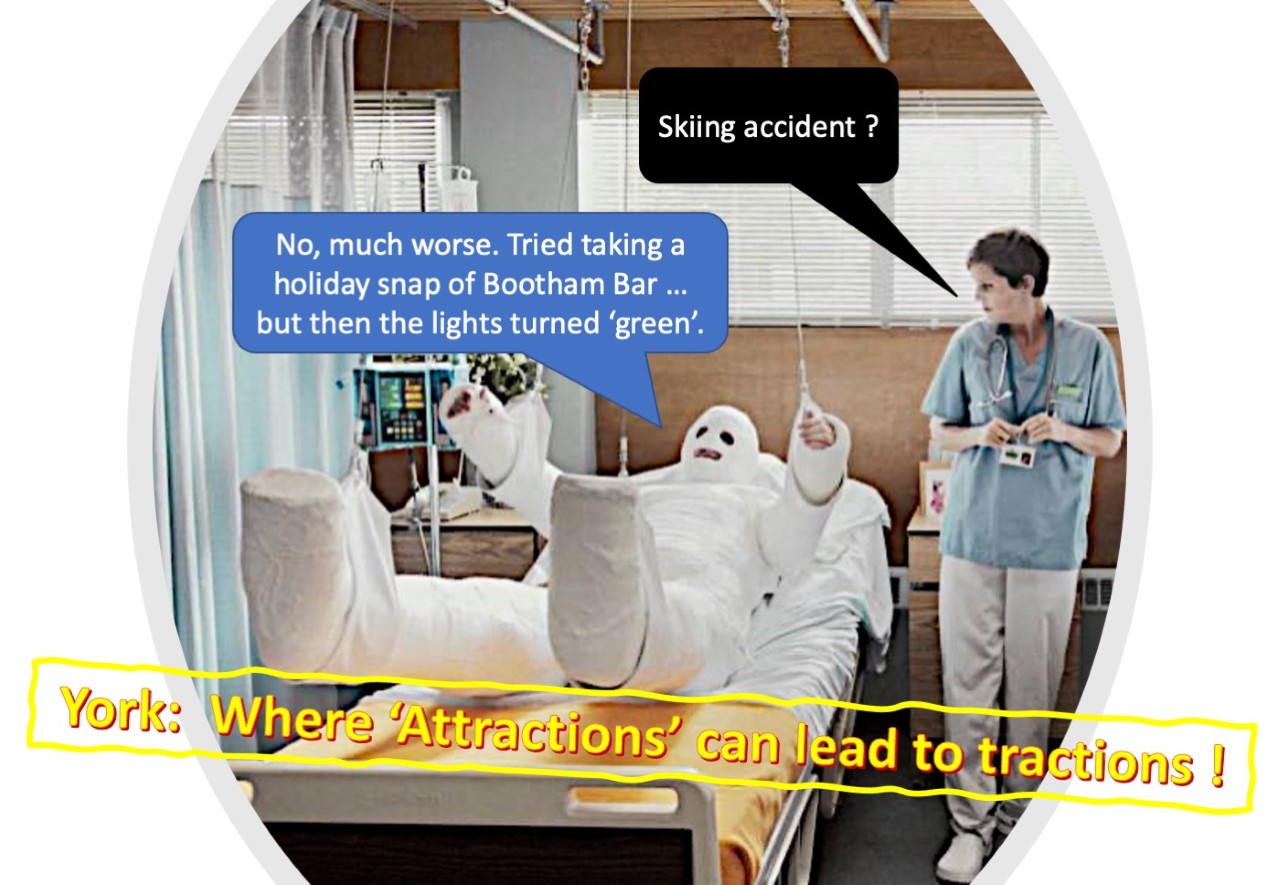

Working in partnership with local stakeholders
We have looked at and discussed various options with a number of local stakeholders. The favoured choice, which achieves the greatest improvement in the public realm and with the least disruption of traffic, involves the transformation and expansion of the Exhibition Square area to the front of the Art Gallery and improves its connectivity. This would include the removal of the existing fountain, which the Trust helped to fund in 1971, and repositioning the William Etty statue in Exhibition Square so as to better protect it from car pollution and wind-driven rain.
Our favoured option would improve road safety, air quality and pedestrian and cyclist access by restricting the immediate approach to the junction on Gillygate to buses, taxis and emergency vehicles. It includes the limiting of traffic down Gillygate, the increase in pavement space, direct crossing of the junction in all directions, provision of a through cycle route from High Petergate, and the levelling of paving throughout the junction to illustrate it is a ‘slow traffic’ surface to better protect pedestrians and cyclists.


Creating a destination space; celebrating our heritage
We believe that the benefits arising from these changes would make the junction a safer, healthier place to live, work and visit.
The effect would be to make the public realm around the junction an attractive and desirable place to be, a destination rather than a place to move through as fast as possible, as it currently is, to a safer, quieter, friendlier space. The widening of paving on Gillygate and the city-end of Bootham would make for a more pleasant experience in shopping here, just as restrictions on traffic using Micklegate have brought similar benefits on that street.

The other main gain would be Exhibition Square. This is currently a huge missed opportunity, despite it holding the largest collection of listed buildings and historic monuments in the city, and uniquely charts its history from AD 71 to the present day.
By decluttering the junction of street furniture, setting back stop lines, and reducing traffic volume going through the junction, historic sightlines, such as key views between the Art Gallery and Bootham Bar, when looking down the length of St Leonard’s Place or the Bar and City Walls when approaching on Bootham, can be fully appreciated.
It is time to reclaim Exhibition Square from the road junction and its ills, and to make it the destination space it deserves to be!
Impact on Traffic
York Civic Trust is determined that any changes to the road layout of the junction should not be seen as in purely traffic terms, but to take into account a range of factors including public safety, air pollution levels, green space, improving the public realm, and protecting and better presenting heritage and key sightlines.
We have assessed the traffic impact of changes to the junction using the expertise of the Civic Trust’s Transport Advisory Group, led by Anthony May, OBE, Emeritus Professor of Transport Engineering at the University of Leeds, with additional external data analysis support.
The Council’s second option (Option B) in its spring 2021 consultation reduces traffic in the junction, but does so by reducing its capacity and using that reduction to encourage rerouting. As a result it leads to increased delays in the junction. We have adopted an alternative approach, which reduces the amount of traffic using the junction by removing certain movements completely from the junction. Our starting point was to determine which movements incurred the least delay if diverted away from the junction. This led us to four options:
- Closing the entrance from Bootham other than for cyclists
- Banning the turns between Bootham and Gillygate in both directions
- Closing Bootham other than for buses and cyclists
- Closing Gillygate other than for buses, taxis, emergency vehicles and cyclists.
- (We have also reassessed, as Test 0, the Council’s Option B, and have compared them all with current conditions (the Council’s Option A))
Tests 1-4 all have a single lane on St Leonard’s, signals set back on all arms of the junction, an entry for cyclists from High Petergate, and advanced signals for cyclists on all approaches.
Our assessment shows that none of the options has significant impacts on the overall network, with a difference of 1% in average speed. The greatest reduction in speed on the Inner Ring Road, of 8% in the PM peak, arises with Test 2. All other speeds are within 4% of the Base values.
On balance, it appears that Test 4, which introduces a bus gate on Gillygate, may be the most appropriate option to develop further – and is as a result the basis of the Trust’s design scheme. In summary, it:
- reduces traffic entering the junction by 40%
- reduces traffic on Gillygate by around 90%
- should, with a shorter cycle length, reduce delays in the junction
- but potentially diverts some traffic to Water Lane, Burtonstone Lane and Ouse Bridge, which would require remedial action.
In addition, as with the other options tested (but not in all cases the Council’s Option B) it:
- enables St Leonards to be reduced to a single lane
- provides for an all-red stage for pedestrians to cross in all directions
- enables cyclists to enter via High Petergate, with priority access from all directions
- allows the signal stoplines to be set back to provide more space for pedestrians to cross, cyclists to leave the junction safely, and public realm to be enhanced
- provides a quicker route for emergency services and more efficient bus timetabling, especially for ambulances which otherwise can become pitifully trapped along Gillygate or the junction when responding to emergency calls.
A fully annotated version of the design scheme can be downloaded here, with an explanatory note found here.
Have your say
Commenting on the need for an improved scheme for the junction, Andrew Morrison, CEO of York Civic Trust, said:
“Over recent months we have worked closely with a wide range of stakeholders to come up with ideas and solutions which we think will provide huge opportunities to enhance this important location in the City Centre.
“The junction is currently an unattractive and chaotic public realm space. We feel currently there are major issues for all forms of users and transport methods, and it could be enjoyed by residents and visitors in a much better way.”
Speaking as Ward Councillors and local residents, two local Councillors have also welcomed the partnership with stakeholders that the Civic Trust has led on.
Cllr. Janet Looker: “As a local Councillor I know and appreciate the many frustrations, and risks, so many of us deal with on a regular basis when trying to cross this junction – pedestrians, cyclists, and motor vehicles often struggle to manoeuvre safely across. I therefore welcome the work that has been led by the Civic Trust to come up with some new ideas. This has involved a lot of work by volunteers and extensive consultations with residents and traders in Gillygate.”
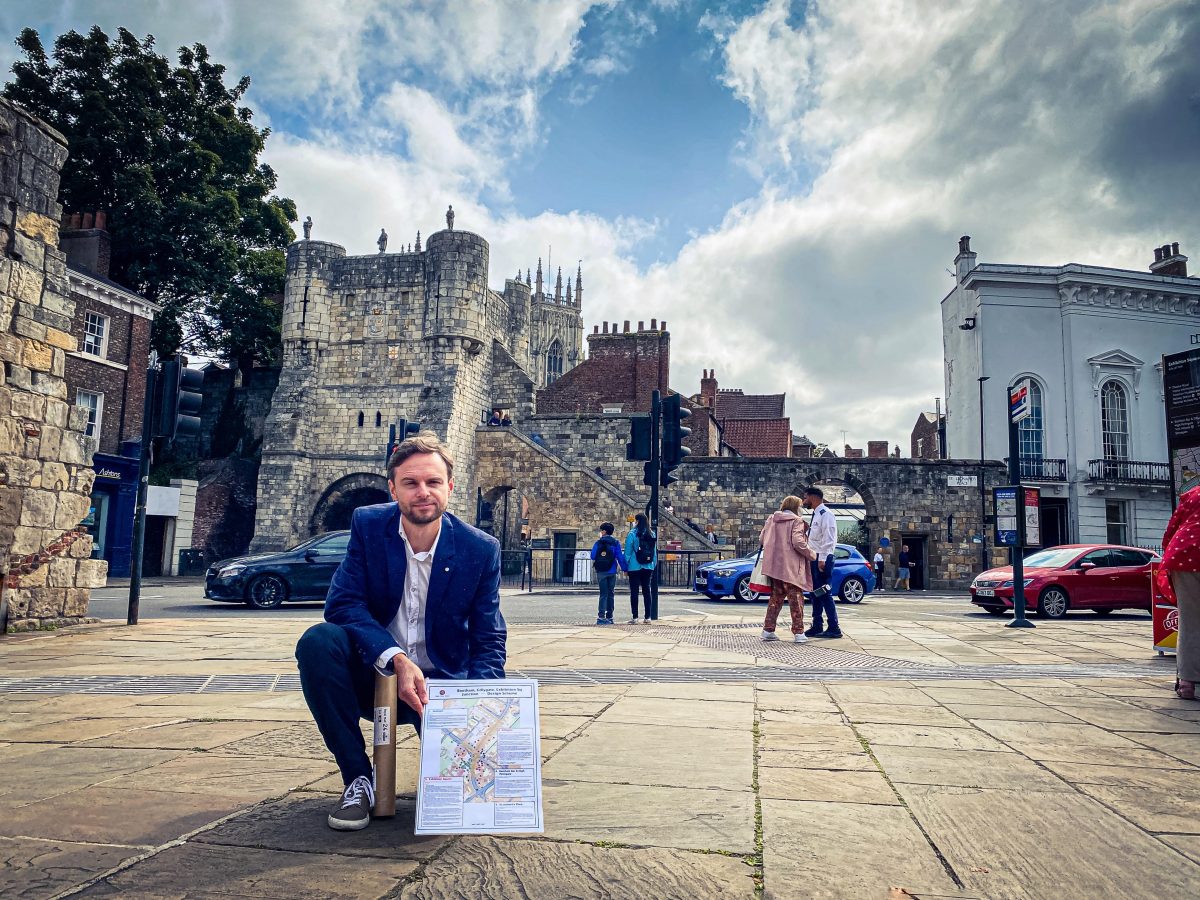
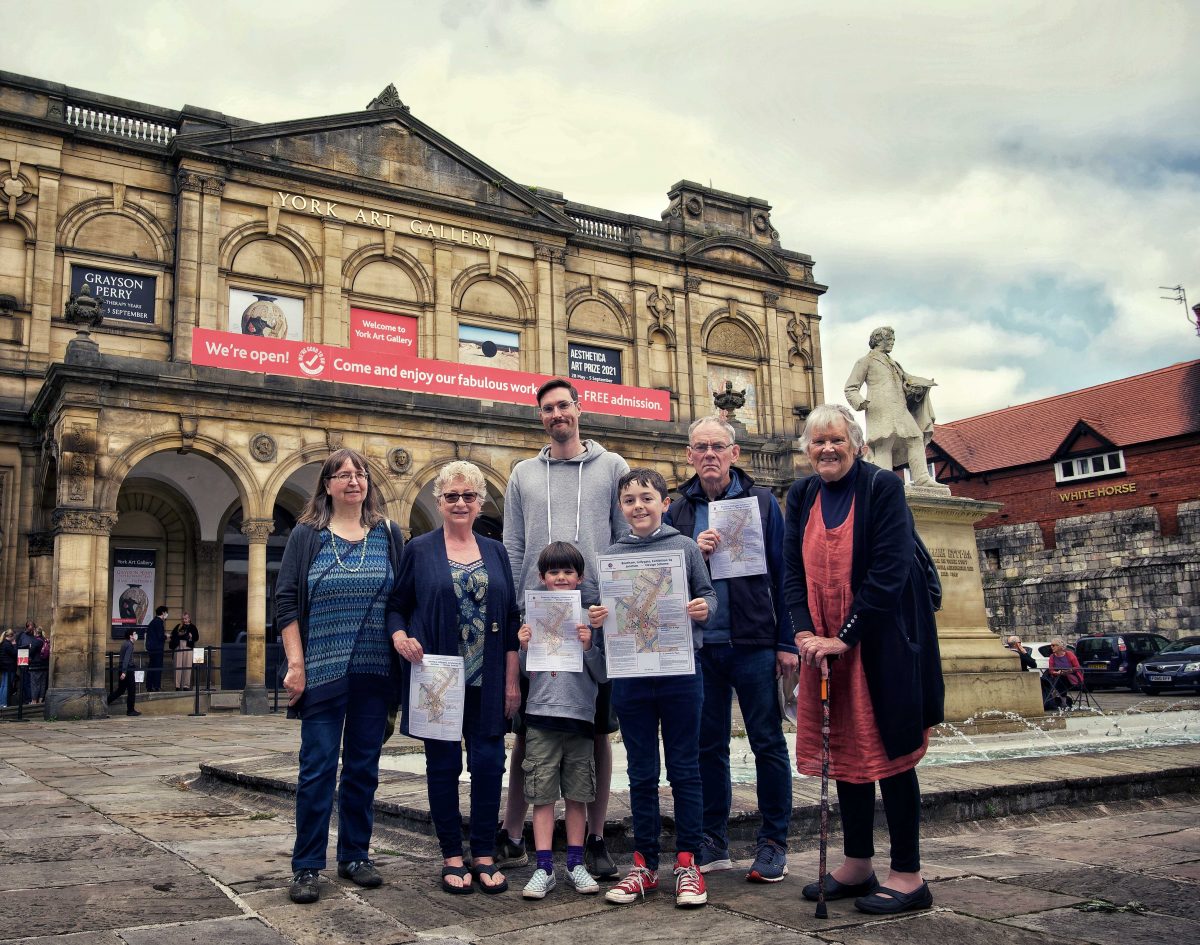
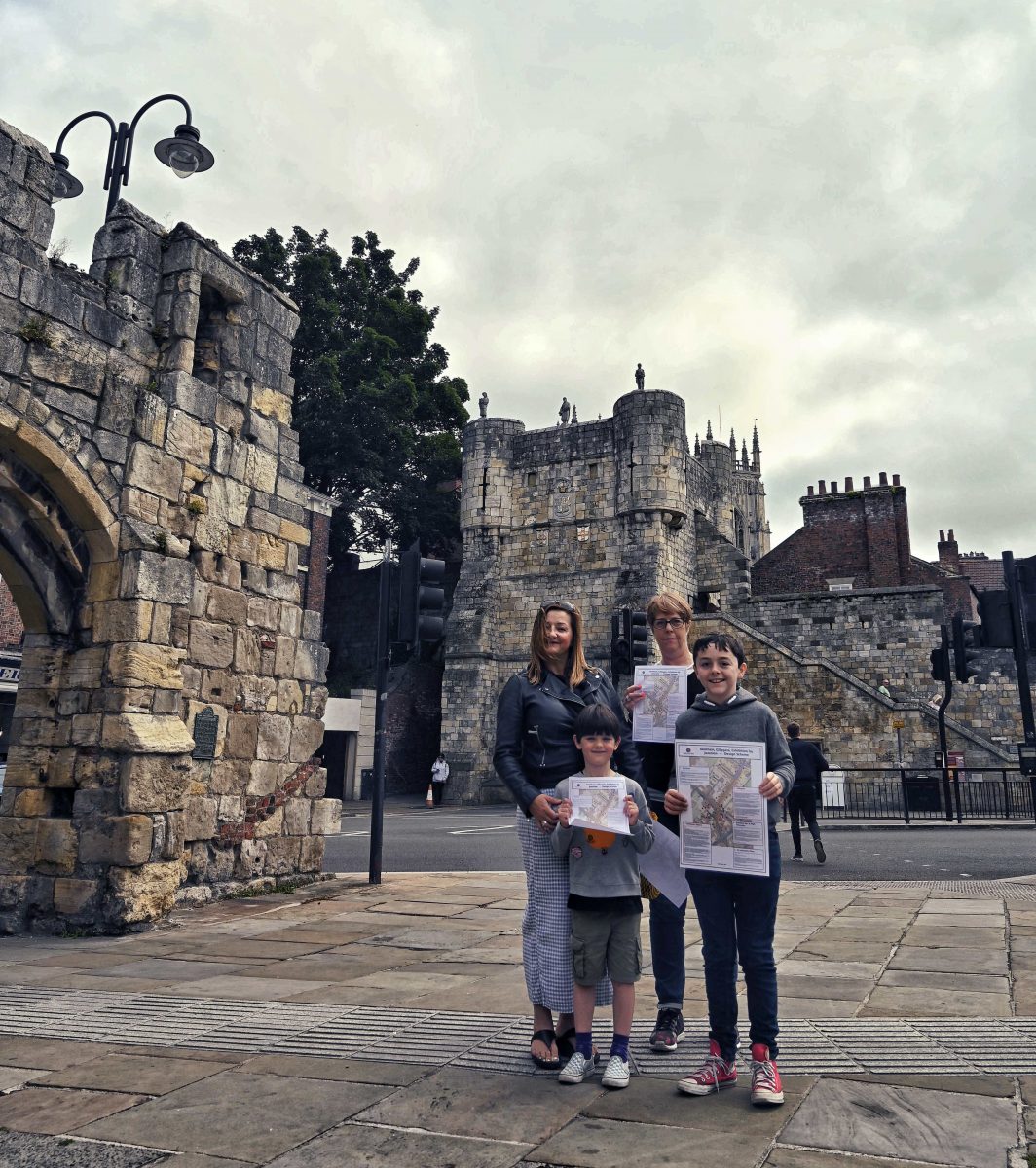
Cllr. Denise Craghill: “I really welcome all the hard work that has been done on this, on a voluntary basis, by the Civic Trust’s transport and heritage experts – as well as the hard work that has been contributed by Gillygate, Bootham and St Leonard’s Place residents and traders. This has been an excellent example of co-production, working with local people to produce design proposals.
These proposals give an inspiring view of what could be possible to improve this junction and the surrounding area for all users whilst also improving air quality and the setting of the historic Bootham Bar.
I hope that these proposals can form a key part of taking forward the new Local Transport Plan.”
The intention is to continue to work with and make sure all local retailers and residents have their say, as any changes principally effect them the most.
…But what do you think? Have your say using the comments section below or emailing us at info@yorkcivictrust.co.uk for us to repost here.
